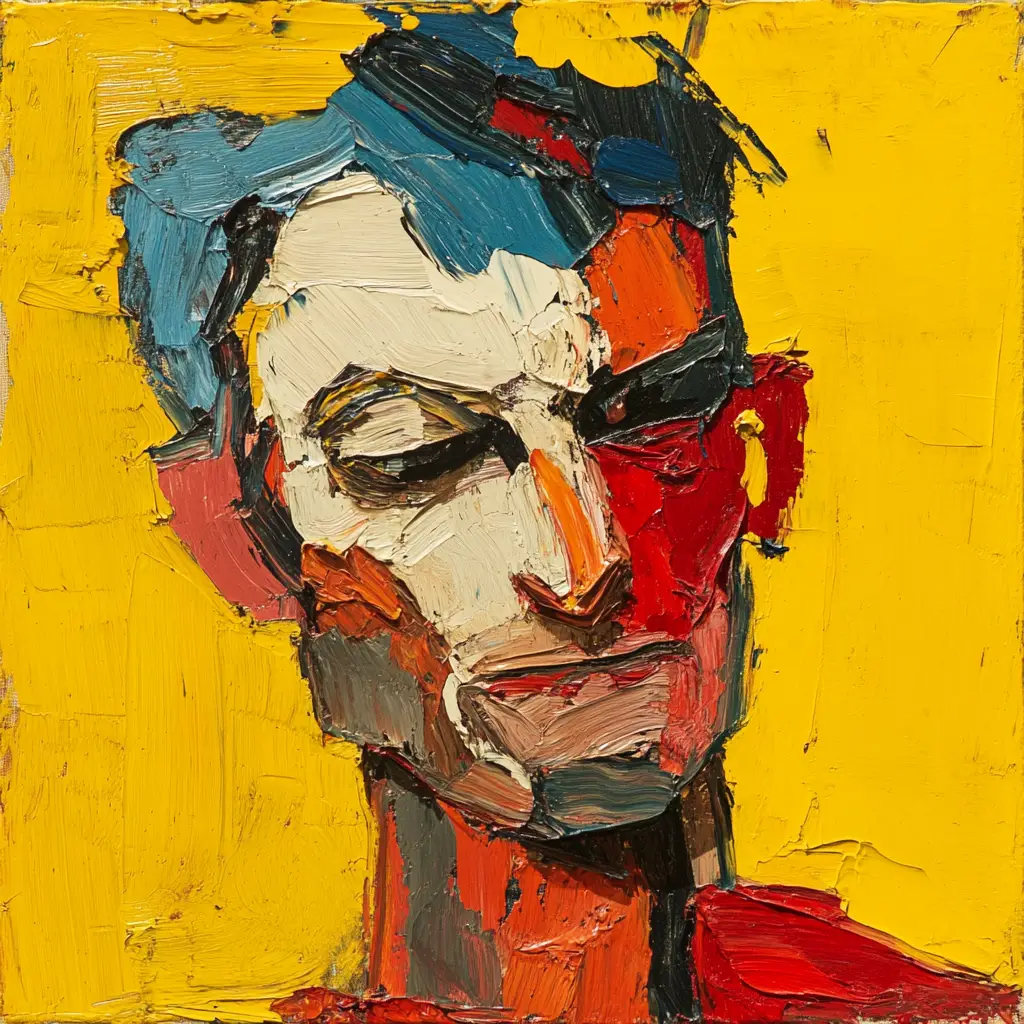Frank Auerbach, the highly respected German-British painter, passed away on November 12, 2024, at the age of 93. Known for his thickly textured portraits and landscapes, Auerbach was one of Britain’s most celebrated post-war artists. This article highlights the key moments of Auerbach’s career, exploring his unique style, renowned works, and contributions to modern art.
Early Life and Background
Frank Helmut Auerbach was born in Berlin, Germany, on April 29, 1931. As a young Jewish child, Auerbach was sent to England in 1939 to escape Nazi persecution, and he never saw his parents again. This traumatic experience had a profound impact on his outlook, and he later transformed his emotional depth into a unique form of artistic expression.
Auerbach studied at St Martin’s School of Art in London and later at the Royal College of Art, where he refined his artistic abilities under the guidance of renowned artists like David Bomberg. Bomberg’s emphasis on capturing the “spirit” of a subject deeply influenced Auerbach’s work, helping him develop his signature style.
Unique Artistic Style and Approach
Auerbach’s style is characterized by heavily textured paint, dramatic use of color, and intense focus on human and urban subjects. He often applied thick layers of paint to his canvases, creating a three-dimensional, almost sculptural effect that brought life and movement to his work. This layering technique, which involved working on a single piece for weeks or even months, allowed Auerbach to capture the evolving essence of his subjects.
He was known for reworking the same canvas multiple times, scraping off and repainting areas until he achieved a final form that met his rigorous standards. This approach reflected his dedication to capturing the emotional core of his subjects, whether they were people or places, in a way that was authentic and unflinchingly raw.
Major Works and Career Highlights
Notable Portraits
Portraiture was central to Auerbach’s career, with his depictions of close friends and family members becoming some of his most celebrated works. His portraits of figures like his wife Julia, model and friend E.O.W. (Estella Olive West), and professional model Juliet Yardley Mills (known as JYM) are widely recognized for their depth and complexity. These works reveal an intimate understanding of his subjects, capturing them through intense colors and bold textures that convey their personality and spirit.
Urban Landscapes of London
Auerbach’s London landscapes are equally iconic. He painted the same locations repeatedly, including Camden Town and Primrose Hill, to explore the city’s changing atmosphere. His approach to urban landscapes was similar to his portraiture: he captured the energy, mood, and physicality of London in ways that resonated deeply with viewers. Works like Mornington Crescent – Summer Morning and Primrose Hill, Winter exemplify his ability to transform ordinary scenes into vibrant and emotionally charged compositions.
Recognition and Exhibitions
Auerbach’s contributions to modern art earned him numerous accolades and widespread recognition. In 1986, he represented Britain at the prestigious Venice Biennale, and in 1989, he won the Royal Academy’s annual Charles Wollaston Award for his artistic excellence. His work has been displayed in esteemed institutions such as the Tate Gallery, the National Gallery in London, and the Metropolitan Museum of Art in New York.
Over the years, Auerbach held multiple exhibitions in galleries worldwide, cementing his reputation as a pioneering figure in post-war art. His dedication to his craft and his unique artistic vision have left an indelible mark on the art world, inspiring generations of artists who followed him.
Auerbach’s Legacy and Influence
Frank Auerbach’s legacy in modern art is profound. His commitment to exploring the depths of his subjects through paint, and his innovative techniques, influenced both his contemporaries and subsequent generations. Auerbach’s work is often cited alongside artists like Francis Bacon and Lucian Freud as part of the “School of London,” a term used to describe artists who focused on figurative art in the mid-20th century, emphasizing personal vision over prevailing trends.
Auerbach’s influence is visible in the works of many contemporary painters, particularly those who use expressive, textural approaches. His willingness to devote immense time to perfecting a single piece also set a standard of dedication that is admired by artists worldwide. Even after his passing, Auerbach’s art continues to evoke strong responses, ensuring his place among the most influential figures in modern British art.
Related Questions
What was Frank Auerbach known for?
Frank Auerbach was known for his thickly layered, textural paintings that focused on portraits and London cityscapes, capturing the emotional essence of his subjects.
Who were Frank Auerbach’s major influences?
Auerbach was influenced by his mentor, David Bomberg, as well as by fellow artists like Francis Bacon and Lucian Freud, known for their intense and emotive styles.
Where can I see Frank Auerbach’s work?
Auerbach’s work can be viewed in several prominent galleries worldwide, including the Tate Gallery in London, the National Gallery, and the Metropolitan Museum of Art in New York.




